For a cross-connection protection program to be successful in any meaningful way it is critical that isolation protection requirements are a large part of any program or strategy. Isolation protection is cross-connection protection at the fixtures, appliances, equipment, or fire protection systems within a facility. Maintaining the proper isolation protection in any water system requires regular inspection of the piping and fixtures. Most areas of the country use a combination of both containment protection and isolation protection.
Containment protection is backflow protection installed at the service connection or the water meter. This protection is required by the water supplier and the supplier decides on the location and type of protection. They also, in most cases, require the field testing of all testable containment assemblies and monitor that the required testing takes place, and that the required test forms are completed and returned to them for data collection. This protection can range from non-testable dual checks for residential services, to reduced pressure principle assemblies on commercial services. It provides no protection to the facility it serves. It instead contains the water within the facility to protect other customers on the public water system from the possibility of backflow from that particular facility’s water service.
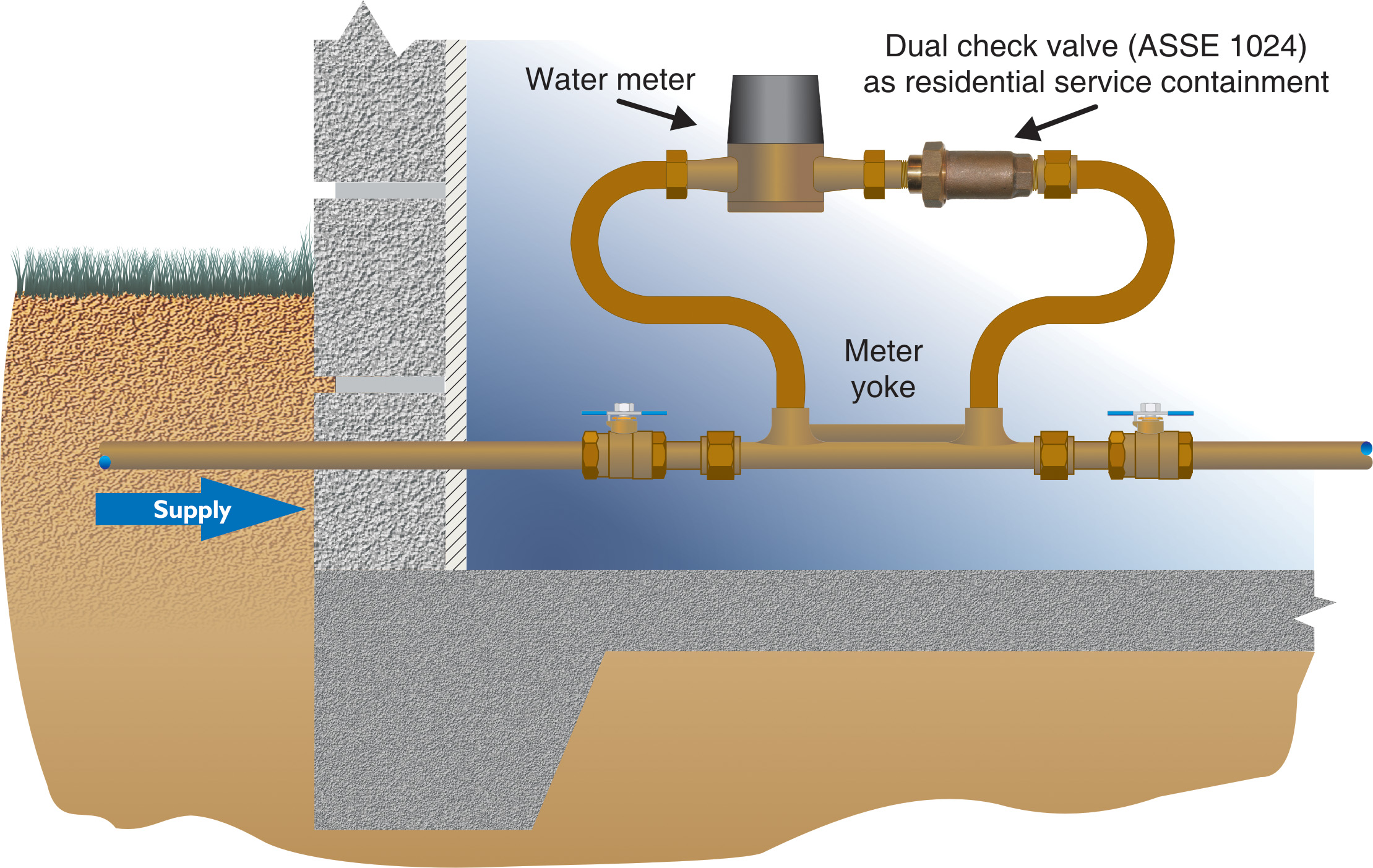
Isolation protection is the protection we find on internal piping within a residence or facility. It can range from airgaps, to hose bibb vacuum breakers, to a reduced pressure principle assembly. Isolation protection is isolating the fixture or appliance from the rest of the internal facility water system. It provides the required protection needed to ensure that the residence or facility water system remains safe. The adopted plumbing code is where we look for direction on the required isolation cross-connection protection. Knowledge of the adopted code, along with any local amendments or regulation, is critical knowledge everyone installing, testing, or inspecting isolation protection must possess. Cross-connections exist everywhere in both residential and commercial settings and selecting the proper protection is a necessary first step. To ensure proper protection is in place we need to have a basic understanding of how water moves within the water system. We also need to have the ability to recognize actual or potential degree of hazards that exists, and the type of backflow which may occur within the system we are looking at.
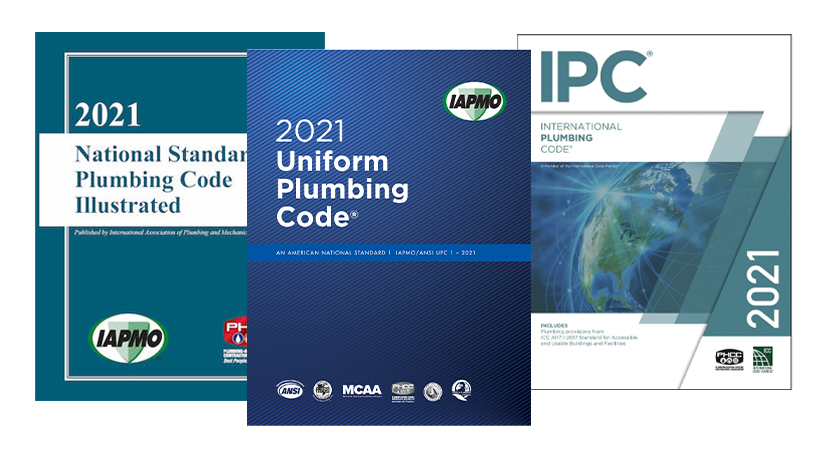
In the United States we categorize cross-correction as either a low or high hazard connection. A high hazard is a health hazard. If backflow occurred through a high hazard connection it could cause illness or even death. A low hazard or non-health hazard will only allow the water quality to be adversely affected aesthetically, making the water smell, taste, or look unpleasant. It would not cause illness or death. When looking at the existing installed protection or deciding on the protection to be installed in a new installation, the degree of hazard decision is the most critical factor in the selection of the backflow method, device, or assembly required. The next factor to look at is what type of backflow may occur. Is it backpressure, backsiphonage, or are both types of backflow possible? Is it a direct or an indirect connection? We do not have a one size fits all solution when it comes to cross-connection control.
When deciding on the degree of hazard, we need to look at the worse possible case scenario. If all the wheels come off the bus, what needs to be installed to make sure bad things cannot happen? We have to look at actual and potential hazards to make sure the protection that is needed is the protection that is installed. Sometimes the decision is simple. Lavatory faucets normally are protected with a simple airgap. Most plumbing fixtures are designed with cross-connection protection in mind, so as long as the installer follows manufacturer’s directions the water system connection will not be an issue. However, this is not something we can take for granted in either residential or commercial situations. Once we complete the decision process on the degree of hazard, then it is time to consider the type of backflow that may occur.
Is the cross-connection we are looking at a direct or an indirect connection? A direct connection has the possibility for both backpressure and backsiphonage backflow. A boiler or chiller make-up water connection is a good example of a direct connection. An indirect connection only presents the possibility of backsiphonage backflow. A lawn irrigation system is a good example of an indirect connection, as is a garden hose immersed in a swimming pool. Making this determination is another important step in the proper selection of backflow protection. Knowing the degree of hazard and the type of backflow that may occur gives us the basis of what we need to know to decide on cross-connection protection needed.
Looking at individual fixtures and equipment we can now look at the plumbing code for the necessary guidance on protection. In the 2021 Uniform Plumbing Code a good starting point is found in Chapter Six, Table 603.2.
This table provides the user with information on methods, devices, and assemblies that may be selected. It lists the necessary product standard, the degree of hazard and the type of backflow the selected protection is approved for. It also lists the installation requirements for each protection type. We can then take this information and use it in our selection or inspection process.
Cross-connection surveys are used to inspect water systems for possible hazards and to make recommendations on the proper protection needed. In my career as a plumber I looked at every system or fixture I worked on with an eye toward backflow protection. A water closet with a flushometer requires protection. That protection is the installation of an atmospheric vacuum breaker on the discharge side of the flushometer, mounted a minimum of six inched above the flood rim of the fixture. That is the required isolation protection. At times, a survey will find a flushometer with the vacuum breaker installed to low, or in some cases no vacuum breaker installed at all.

Since the only type backflow that could occur in this situation is backsiphonage, the vacuum breaker provides the necessary protection. Connecting to a water closet is a high hazard connection and an atmospheric vacuum breaker provides both low and high hazard protection against backsiphonage. In a tank type water closet the proper isolation protection is the installation of an anti-siphon ballcock or fill valve. With this type of fixture, the isolation protection is the same in both commercial and residential settings. It is important to always remember that the laws of physics are the same in a single-family home or a sewage treatment facility. Do not fall into the residential vs commercial facility trap. Backflow is backflow regardless of the building type and installing the proper protection is critical in every situation.
When looking a specific fixtures and appliances we may also encounter installations where we need to look at the system itself to understand the level of hazard or the type of backflow which may occur. As an example, let us consider a lawn irrigation system. All three model plumbing codes list the required protection as being the installation of one of the following types of protection: an atmospheric vacuum breaker, a pressure vacuum breaker, a spill-resistant vacuum breaker, or a reduced pressure principle assembly. Each of these valves are approved for high hazard cross-connection protection. Three of the four valves only protect against backsiphonage backflow. The reduced pressure principle assembly will protect against backpressure and backsiphonage backflow. If an irrigation system contains any component that could create backpressure, or if the installation requires piping or sprinkler heads at an elevation above or less than the required height below the vacuum breakers, then the only possible protection allowed is the installation of a reduced pressure principle assembly. Another example could be the required protection for a hydronic system, or a cooling system make-up supply. The required protection on an identical installation may be different if one of the systems contains a chemical additive such as the addition of antifreeze to a hydronic heating system. A system containing only water could be protected with a low hazard device or assembly such as a double check valve assembly or a backflow preventer with intermediate atmospheric vent. Both of these valves will protect against backpressure and backsiphonage in low hazard installations. The addition of any type of chemical additive to the systems requires high hazard protection, so a reduced pressure principle assembly would need to be installed.
Isolation protection has been made possible in a large part because of the development of specific backflow prevention protection for use in a variety of fixtures and appliances. The manufacturers of backflow assemblies and devices have designed and developed products for use in a wide variety of equipment protection. From laboratory faucet vacuum breakers, to backflow preventers for carbonated beverage dispensers, to double check detector assemblies used on fire protection sprinkler systems, protection is available to meet any specific need. The industry is always looking for a way to build that better mouse trap.

Protection has evolved over time to meet both changes in the fixtures and appliances we use and in the way we use water. The evolution of vacuum breakers is a perfect example of how protection is truly upgraded and redesigned to meet a specific need. Atmospheric vacuum breakers have been in use since the early 1900’s. This high and low hazard backsiphonage protection device served an important need for fixture protection, but it had limitations. It cannot be used in continuous pressure situations. As a result, the pressure vacuum breaker assembly was developed. That solved the issue of continuous pressure, but in low pressure situations the air-inlet of the pressure vacuum breaker assembly may not seal and the assembly can spill a significant amount of water, which can be a problem with indoor applications. Again, the industry and manufacturers developed a solution with the creation of the spill-resistant vacuum breaker assembly. This vacuum breaker is designed for indoor use with an air-inlet that closes before the check valve opens, preventing the spillage of water even in low pressure situations. All three of these valves provide high and low hazard protection against backsiphonage. None of them can be used in backpressure situations but each valve type fills a need for isolation cross-connection protection.
It is also important to understand that in certain types of facilities some of the installation requirements may change for certain types of isolation protection. Health care or laboratory areas are a perfect example of this. A hose connection in these areas must be a minimum of six feet above the floor. The hose connection must be protected with a vacuum breaker, as a normal hose connection would be, but the six-foot requirement is specific to these healthcare locations. Specific requirements also exist for dialysis water systems, pure water systems, and other special equipment.
Isolation protection selection requires a look at many different factors and poses more of a challenge to cross-connection control professional than the selection of containment protection. It requires surveyors, specialist, installers, designers, and inspectors to have a far deeper understanding of the hazards and the hydraulic conditions in modern plumbing, mechanical, and water systems. Just remember that cross-connection control protection is necessary. Understand that every fixture, appliance, or system connection should be looked at as an individual situation when it comes to isolation protection and cross-connection control. Remember that every installation or backflow test is an opportunity to conduct a mini survey to ensure the proper protection is in place. Remember that cross-connection control is a never-ending process that requires constant vigilance and a continuous commitment from all of our stakeholders to ensure the safety of our water supply. As Mahatma Gandhi often said, “The future depends on what you do today.” Let’s do it right the first time and we can all sleep better knowing the proper protection is in place.
About the Author |
|
 |
Sean is a 40 year member of the United Association Local 524 Scranton Pa. He has worked in all phases of the plumbing and mechanical industry and is a licensed master plumber. Sean is a Past President of the American Society of Sanitary Engineering. Sean is also the member of the ASSE Cross-Connection Control, Technical Committee. Sean is employed by IAPMO as the Vice President of Operations for the IAPMO Backflow Prevention Institute. |






 01 Dec 2020
01 Dec 2020
 Posted by Sean Cleary
Posted by Sean Cleary 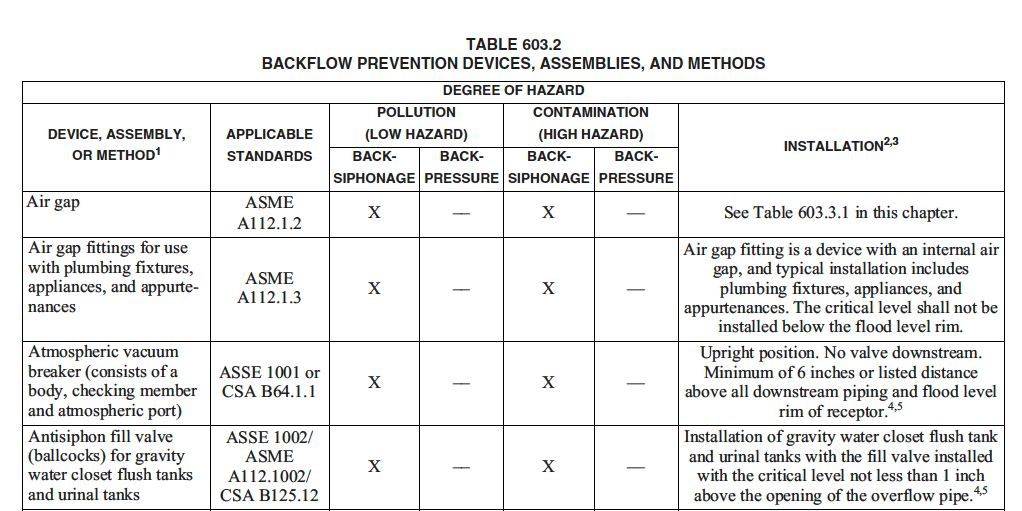






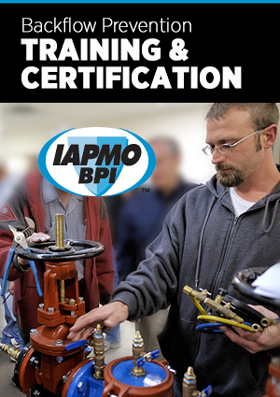
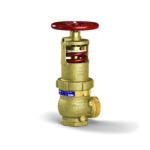
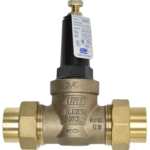
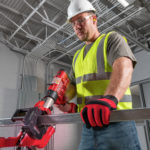

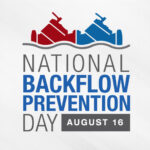


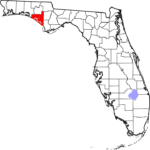
1 Comment
Sean, thanks for your continuing great work in education. One caveat: irrigation systems with vacuum-breaker protection require flat topography. In most of PA, where I am, this is not the case; it would definitely require an RP, although installations may be otherwise.
Peace.
Jim Scardina